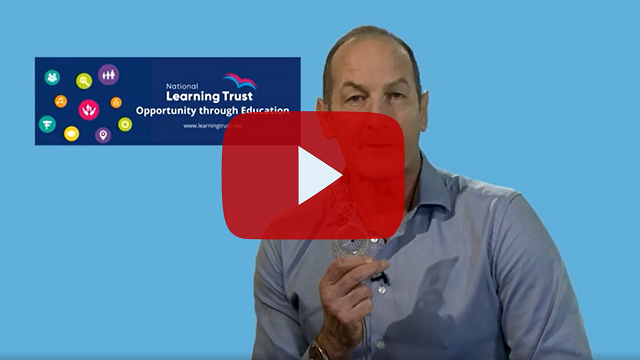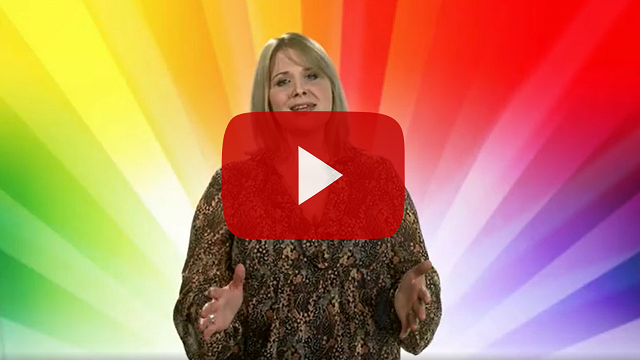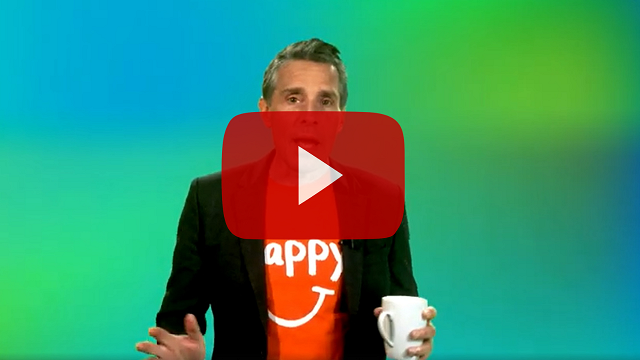Different types of voices
Every person has a natural range of voice, not physically, but more emotionally. Our chosen range of voice, however, comes from what experiences we’ve had and what we were taught was right and wrong. For some people, these voices could have been completely changed over time, their natural range of voice completely gone.
Your voice says a lot about you, the way you speak and your tone of voice send out messages to people subconsciously. Whether it's a public speech, a conversation with a friend or colleague or a piece to camera, your voice matters. Utilising your voice properly can help you to convey your messages more clearly, and help get the result you want.
There are three main types of voice Warrior, Heart and Head
Warrior Voice
Let’s first talk about the warrior voice. It can be used while defending oneself from others, or from danger. This type of voice can be a shield. It protects you from harm and helps you assert dominance over people that lack this voice. It can also be useful when faced with problems where brute force can succeed. However, when faced with problems that require more logical thinking, you may appear as arrogant and unable to form logical reasoning. You can bring out your warrior voice when arguing with someone, and to help get your point across. Obviously, don't go out and start picking fights with random people, choose someone trusted and just pick a topic to fight about verbally so that you get a feel for what your warrior voice sounds like.
Here's a clip from one of our videos to demonstrate:
Heart Voice
The heart voice is used best to motivate other people to fight on your behalf. It's a very useful tool to have. It can help you to encourage people to your side, which also means that you can get more work done with less effort. If you can relate to people by sharing your feelings and emotions with them using your Heart voice, so that they empathise with you or your ideals you are in a good position. You can activate your heart voice by listening to people. Listen to what they have to say and deeply try to connect with them, even if they are just talking about having nachos on Friday.
Here's a clip from one of our videos to demonstrate:
Head Voice
Finally, you have your head voice. This is a blend of the heart and warrior voices. It can be used to recognise the benefits of what people are doing for you, together with what they get out of it. As humans, we are often naturally looking for what we want and reluctant to do something if there is no obvious benefit for us. This inward-looking attitude is often overlooked and your head voice is your final piece of armour; rather like a helmet, it protects one of the most vital parts of your body; your brain. You can practice your head voice by trying to convince people to do things they wouldn't normally do (that aren't dangerous of course) and start to observe what people naturally respond to. Again, find a trusted friend or colleague to practice with.
Here's a clip from one of our videos to demonstrate:
Types of voices and knowing when and where to use them can prove to be extremely useful. Think about your voice, are you portraying the right message for you or your business? Think about the times you've heard someone perhaps using their warrior voice Incorrectly and putting people off helping them; or perhaps someone who could benefit from utilising their heart or head voice more effectively.
This information was taken from our friend David Roylance's new book, 'Be seen, be heard, get paid what you are worth'.
If you'd like more information or guidance about appearing on camera, please contact us. Alternatively, you can read out tips for appearing on video here











